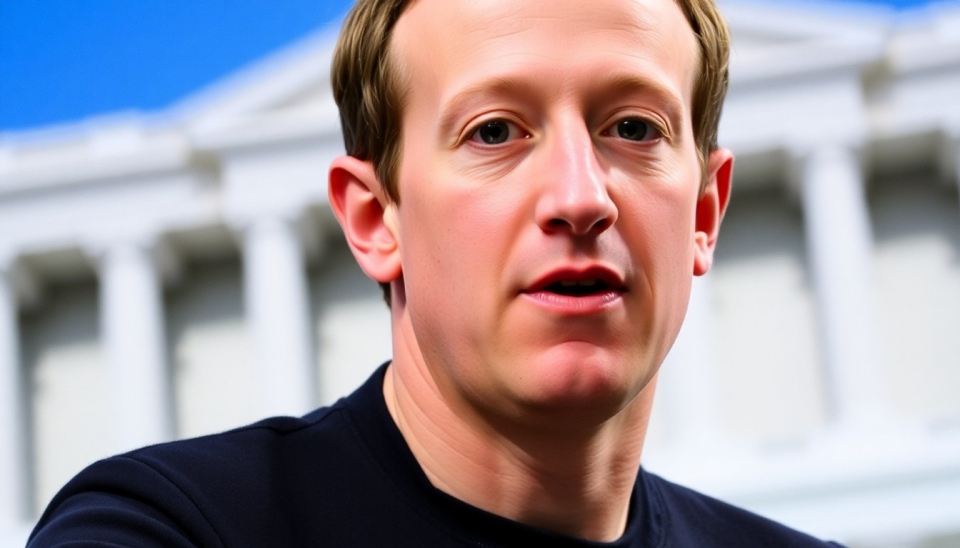
In a significant shift within the tech industry, Huawei Technologies Ltd. has announced plans to completely phase out Android from its devices by 2025. This momentous decision arises from the company’s desire to assert its independence and bolster its own operating system, HarmonyOS, amidst ongoing geopolitical tensions and trade restrictions faced by the Chinese tech giant. As Huawei gears up for this transition, the implications for both consumers and the broader market are substantial.
The decision to drop Android marks a pivotal moment for Huawei, which has been dealing with the ramifications of U.S. sanctions that limited its access to Google services and the Android ecosystem. These restrictions were imposed as part of a broader effort by the U.S. government to curb Huawei's influence, citing national security concerns. In response, Huawei has accelerated the development of its own software solutions, aiming to create a self-reliant ecosystem that can compete without being tethered to external software platforms.
HarmonyOS was initially launched in 2021, and since then, Huawei has been integrating it into various devices, from smartphones to smart home products. The company reported a promising uptake of HarmonyOS, with millions of devices already running the system. Huawei's CEO, during a recent presentation, expressed confidence in HarmonyOS, highlighting its ability to provide a smoother user experience and enhanced privacy features when compared to traditional systems.
As Huawei prepares to eliminate Android from its forthcoming gadgets, mobile industry analysts are closely watching the impact of this move. Some experts argue that this transition could present a unique opportunity for Huawei to carve out a distinct identity within the crowded smartphone market. However, others raise concerns about the potential backlash from consumers who are accustomed to the reliability and familiarity of the Android operating system and its rich app ecosystem.
Additionally, the shift to HarmonyOS could affect app developers, as they may need to consider building dual applications compatible with both Android and HarmonyOS or risk losing a segment of Huawei's user base. Huawei has commercial initiatives underway to encourage developers to adapt their applications for the new system, offering support and incentives to ease the transition.
This strategic pivot aligns with the global trend towards increased digital sovereignty, where companies are keen on controlling their technology stack to reduce reliance on American tech giants. As Huawei continues to innovate and expand its HarmonyOS offerings, it joins a growing list of tech companies exploring alternatives to mainstream operating systems.
The tech community remains divided on the implications of Huawei's move. While some view it as a positive step toward innovation and independence, others caution that it may lead to fragmentation in the mobile software market, exacerbating existing disparities between operating systems.
In conclusion, Huawei's decision to drop Android reflects a bold vision for the company's future, aiming to highlight its unique offerings in a highly competitive environment. As 2025 approaches, all eyes will be on Huawei to see how effectively it can transition its user base to HarmonyOS and redefine its position in the global tech landscape.
<>#> #Huawei #HarmonyOS #Android #TechNews #MobileTechnology #Innovation #Geopolitics #Smartphones #OperatingSystem #<
Author: Emily Collins




